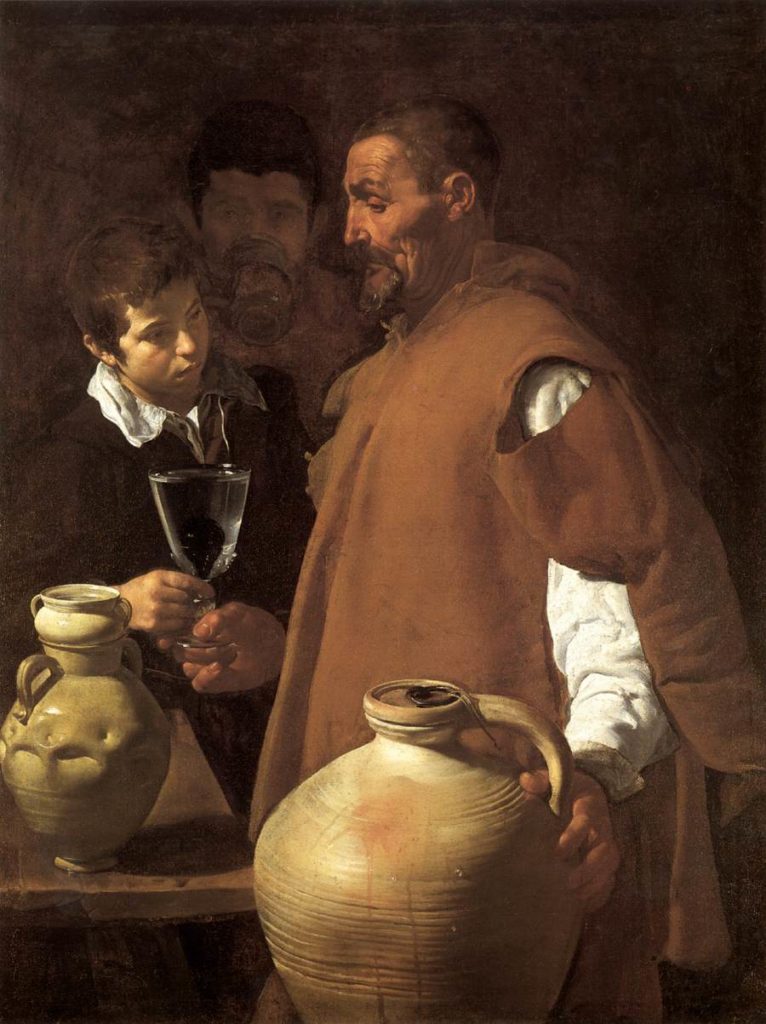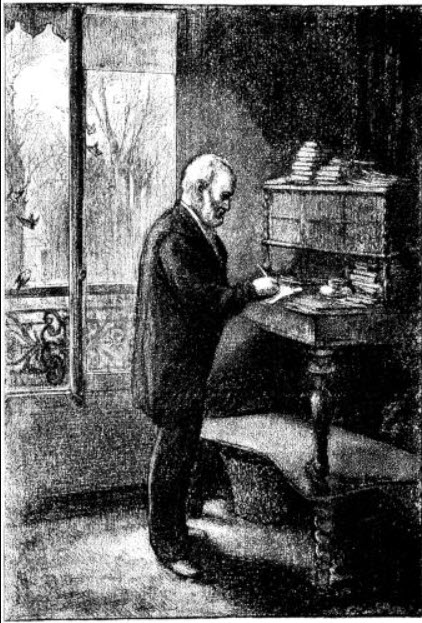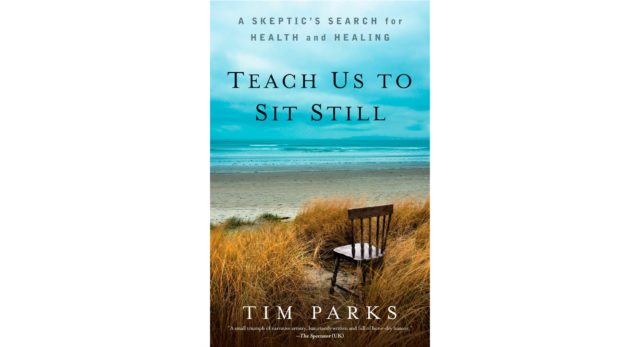In the foreword to Teach Us to Sit Still: A Skeptic’s Search for Health and Healing, author Tim Parks includes the question his publisher asked when confronted with book’s contents. “All very well, but how do you want us to categorize it?…Health, Psychology, New Age, Biography, Criticism?”
As I waded into the book, this quandary seemed increasingly relevant. I went in expecting an illness memoir, and while I did get one, it came bundled with extensive musings about the nature of words, the mind/body connection, and the role of illness as muse.
This is a thinking man’s memoir. Tim Parks is incapable of digesting an experience without putting it into words, and placing it in the center of web of newly connected thoughts. His pelvic pain bleeds over into the biographies of D.H. Lawrence, Thomas Hardy, Samuel Taylor Coleridge, and even Gandhi. The book’s title is a reference to the T.S. Eliot poem “Ash Wednesday.”
During his search for a treatment, Parks reexamines his relationship with his father. He reexamines his relationship with England (his native country) and Italy (his adoptive county). He reexamines his relationship with his body. He reexamines his relationship with words.
The book refuses to be about any one thing. Parks insists on mixing colors, of letting separate stories bleed into one another.
After an inner tussle and some indignation, Parks told his publisher, “Put it where the true stories go.”
The Wrong Kind of Fire in His Loins
Before I bought this book, I tried to figure out what Parks was actually diagnosed with. The medical term was strangely absent from the book description and reviews.
There’s a, “well, duh!” explanation for this information gap. Parks never had an official diagnosis bestowed upon him. Doctor after doctor performed a series of intrusive and embarrassing tests, but each time, Parks came away with a clean bill of health.
This, of course, was small comfort to Parks, who was dealing with chronic and constant pelvic pain. He would get up five, six, nine, ten times a night to pee, only to find that his bladder was mostly empty.
Once, he excused himself from a dinner meeting with a vising colleague to use the bathroom. He stood there, trying to pee, not sure if he had actually finished, until the light went out. Curse that timer switch. And curse the man who put it outside the bathroom.
Like many chronic pain patients, Parks started to withdraw from the world at large. He cancelled lunch and dinner plans because he was uncomfortable sitting. He and his wife stopped having sex. The pain started to distract him from his walks and teaching responsibilities.
He turned to the medical system for help, which was an expensive and embarrassing waste of time. His urine was subjected to countless tests. His peeing method was analyzed. His rectum was examined.
During one particularly humiliating experience, Parks went to the hospital for a urogram, a series of x-rays taken while the bladder is empty, and then full, and then in the process of being emptied.
Immediately after the initial x-rays, Parks felt a terrible, burning need to pee. The doctors told him he couldn’t possibly be ready yet, and asked him to wait at least an hour.
After an excruciating wait, Parks was allowed back in the lab. He was strapped pants-less beneath an x-ray machine, with a plastic urinal wrapped around his penis. But try as he might, he absolutely could not make himself pee. The four medical personnel assigned to his case grew more and more impatient.
Parks wrote, “As I swung my legs off the table, I heard one of the nurses explaining to another that I was a personal friend of one of the doctors in urology.”
Eventually, the doctors got the needed x-ray. Not that it did much good. According to the black-and-white images, Parks was perfectly fine.
Parks doesn’t shy away from these cringe-worthy stories. He doesn’t cloak the embarrassing details of his symptoms in euphemism. But even when I winced on his behalf, I was never tempted to put the book away. Parks is a compelling narrator, and in his hands, the story is sharp and darkly funny.

From Medication to Meditation
Since his doctors weren’t providing much in the way of answers, Parks started looking elsewhere. As the book’s subtitle implies, Parks considered himself a seasoned skeptic, and he was as surprised as anyone to find himself straying from modern, evidence-based medicine in his quest for a cure.
During a conference in Delhi, Parks found himself knocking at the door of an Ayurvedic doctor. After listening to Parks’ story, the doctor concludes that, “This is a problem you will never get over, Mr. Parks, until you confront the profound contradiction in your character.”
Needless to say, this was not something Parks’ doctors had told him.
What exactly this contradiction was, the Ayurvedic doctor couldn’t say. Parks declined his recommendation for a birth chart. He could convince himself that Ayurvedic medicine was still a form of medicine, but astrology was a step too far.
When he returned to Italy, Parks carried the notion that his physical problems might be psychosomatic in origin. Many chronic pain patients (myself included) find the “psychosomatic” label dismissive, if not downright offensive. They bristle at the it’s-all-in-your-head implications.
But Parks had a different reaction. Rather than being bothered by the term, Parks took comfort in it. He was an intellectual guy. It was nice to think that his problems originated in the friendly, comfortable realm of the mind. He would rather tinker with things in his brain than explore the messy, mysterious world of the body.
His mind thus opened, Parks ordered a book he found online, A Headache in the Pelvis. The authors described a condition they termed “chronic prostatitis.” It was the first time Parks had seen his symptoms listed neatly on the page.
It was the first time a doctor had acknowledged that his pattern of symptoms constituted a single disorder. Most doctors had focused on one or two symptoms that fell within their specialty, and chose to ignore the rest. Here, finally, was vindication.
The authors claimed that chronic prostatitis was muscular in origin, and prescribed a course of relaxation and massage. Which, naturally, was best done at their clinic in California.
Parks wasn’t invested enough to book a trip to California. He was, however, willing to try the paradoxical relaxation technique described in the book. It involved being still, focusing on the body, and locating tension without consciously trying to relax. It was an intellectual exercise.
Parks gave it a go. And after an unexpectedly intense session, he was surprised to find that it worked.
Enlightenment Beyond the Pelvis
Parks wasn’t cured, exactly. Paradoxical relaxation eased his symptoms, and gave him pain-free oases throughout the day. He felt well enough to stop scheduling gruesome medical examinations. His pelvic pain stopped being a controlling factor in his life, and became a minor annoyance.
This turning point happened about halfway through the book, which left a lot of empty pages to fill.
When Parks plateaued, and started to tire of paradoxical relaxation, he cast about for other practices to improve both mind and body. At his wife’s suggestion, he explored shiatsu. While he couldn’t quite buy his practitioner’s talk of meridians and elemental imbalances and the significance of dreams, Parks learned to trust the man’s healing hands.
When Parks mentioned his success with paradoxical relaxation, his shiatsu practitioner urged him to try vipassana meditation, and sign up for a retreat. Parks hemmed and hawed, but he booked a spot.
And so, the intense, hyper-verbal Parks found himself taking a vow of silence, and committing to sit still for five whole days. Later, he doubles his commitment, and signs up for a ten-day session with a famous Vipassana teacher.

How Do You Tell a Story When There Is No Story?
At this point, Parks has himself in a situation that is most perplexing for a writer. How do you dramatize an event where no one speaks, and everyone sits in silence for days on end?
As Parks said, “There was no competition for attention, no flirting or coteries, no exhibitionism, no privileged partnerships. In short, nothing for a story.” And yet, a story he must write.
Instead of inventing external dramas, Parks takes us with him as he plumbs the depths of his psyche. The light stream-of-consciousness style he uses throughout the book intensifies.
The pains that collect in his body from the prolonged stillness keep trying to draw his attention. Parks will wrest it away, admonishing himself for fixating on these petty discomforts. And admonish himself again for thinking these thoughts in words.
And then his mind will flit off on a tangent about the philosophical implications of hate-reading, or Indian mythology, or the Anglican ideals of his minister father.
These digressions read as a remarkably accurate catalogue of the thoughts that might pass through a person’s head when they’re supposed to keep their head empty of thoughts. I admired Parks for nailing the experience so completely.
And yet, what person actually does their best thinking under such circumstances? And who actually wants to listen in on someone else’s thoughts when they’re in a state of prolonged, enforced boredom? I often found myself growing fidgety, and had to wrest my own attention back to the book.
Depending on your interests, you may or may not have the same problem. If you enjoy long digressions on literature, philosophy, and religion, then you may enjoy this section more than I did.
Waiting for God, or Godot?
One theme which Parks repeats over and over, wrapped in various stories, is his intellectual break with his parents. In adolescence, Parks forsook his Anglican upbringing, and studied literature in lieu of the Bible.
This break could be mined for emotional verve. However, each anecdote seemed to follow the pattern of, “I hated my father’s sermons. I liked poetry and reason. My parents disapproved.”
After a certain number of repetitions, I found myself wondering why Parks insisted on draping every disagreement with his parents in intellectual terms. Why did he expound on theological minutiae, rather than talking about their relationship directly?
I got the strong impression that Parks and his father had similar personalities, but different ideological bents. Their schism, I thought, was not really about Parks’ refusal to accept Jesus Christ as Savior.
But Parks is more comfortable framing his thoughts in intellectual, rather than emotional, terms. Instead of describing the inevitable clash of two intense personalities as he tried to stake out his own intellectual territory, Parks describes their opposite reactions to Samuel Beckett.
The Persistence of Words
Despite his impatience with religious mumbo-jumbo, Parks learns he does have a spiritual streak. On his retreats, he manages to have a few spiritual experiences and revelations. These addressed my biggest question, which was: Why would anyone pay money to go to these retreats? They sound like an exercise in masochism.
I won’t spoil the ending by saying where Parks landed after this physical and spiritual journey. But it’s no spoiler to say that the final chapters of the book are written in words.
Whatever else might have changed, Parks couldn’t forsake them after all.
